Let’s learn from a Social Studies teacher who does educational road trips!
She also has great advice about the Teacher Archaeology program at James Madison’s Montpelier, which offers funding for educators to attend.

Teaching Traveling: Welcome to Erica Kennedy. Erica, tell us about your background.
Erica: Hello! I’m a teacher, historian and traveler from Minnesota. My bachelor’s degree is Social Studies Secondary Education with a concentration in Anthropology, and my Masters degree is in Experiential Education. I currently teach 7th grade United States Studies at the same school that I’ve been at for my 16 year career as an educator.
I’m a mother with three children, and my husband and I are committed to giving our children as many travel experiences as we can. We have been to many National Parks to do such activities as spotting wildlife, hiking, snorkeling and kayaking. We also value what we call “urban adventures” where we explore big cities to see art and culture.
Professionally, I believe that travel is an important part of my professional development. I have made it my goal to visit as many of the locations of events that I teach about. I take pictures and videos as well as collect or purchase artifacts to bring back to my classroom and use in hands-on lessons.
On a personal level, visiting historical sites gives me a deeper understanding and appreciation for the event, but it also renews my passion for history. As a result, I’m able to create engaging lesson plans for my students that meet their learning needs.

TT: Love it. Tell us more about your travels.
E: Each summer I spend one week traveling without my family. It is my time to explore topics that are of interest to me and in the process recharge my batteries.
I start planning in January or February because winters in Minnesota are brutal and it is a healthy distraction. I plan the trip for 7-10 days in June or July. My goal is to be budget conscience but also to see and do as much as I can during my time away.
With a fellow history loving teacher and friend, we have planned four history road trips. Together we have visited 35 states and each of our trips had a historical theme.
Our first trip was Civil War battle sites. This trip took us to Gettysburg, Antietam, Harpers Ferry, and Fort Sumter. It also helped us realize how much you can learn from visiting presidential homes such as Mount Vernon and Monticello, and we have made a conscientious effort to include presidential sites in our trips.
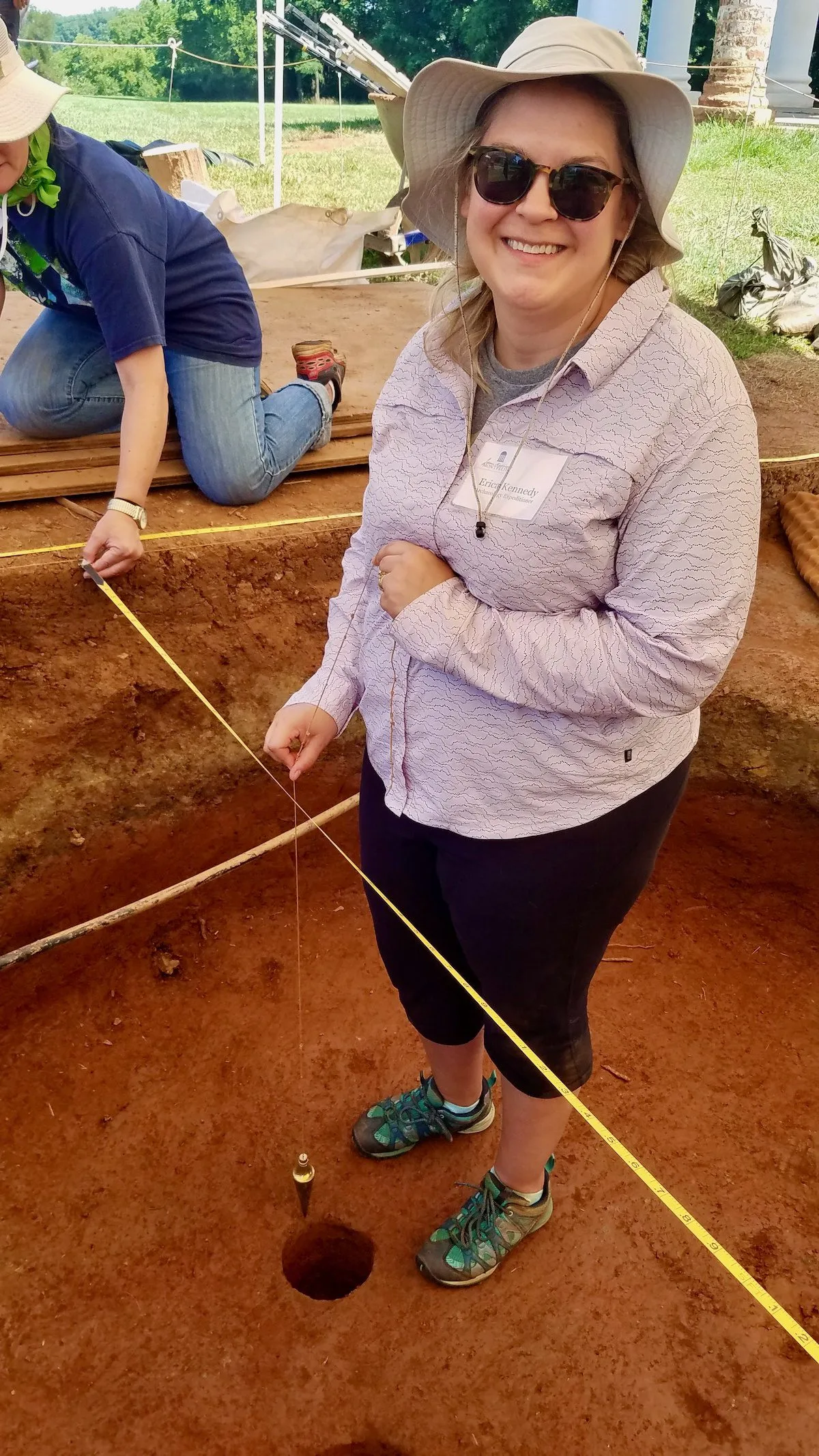
The second trip took us to New York City to visit Ellis Island and the Tenement Museum as our theme was the Industrial Revolution and Immigration. (Of course we had to see Hamilton too!)
The theme of our third trip was Women’s Rights, and we went to Washington DC, New York, Philadelphia and Boston. Highlights were the homes of Susan B Anthony, Elizabeth Cady Stanton, Harriet Tubman and Frederick Douglass.
Our fourth trip centered around the theme of the Civil Rights Movement. We visited many historical sites in the south paying homage to the incredible courage of individuals during this turbulent time in American history. The most powerful sites for me were the Edmond Pettus bridge in Selma, Alabama and the National Memorial for Peace and Justice in Montgomery, Alabama.
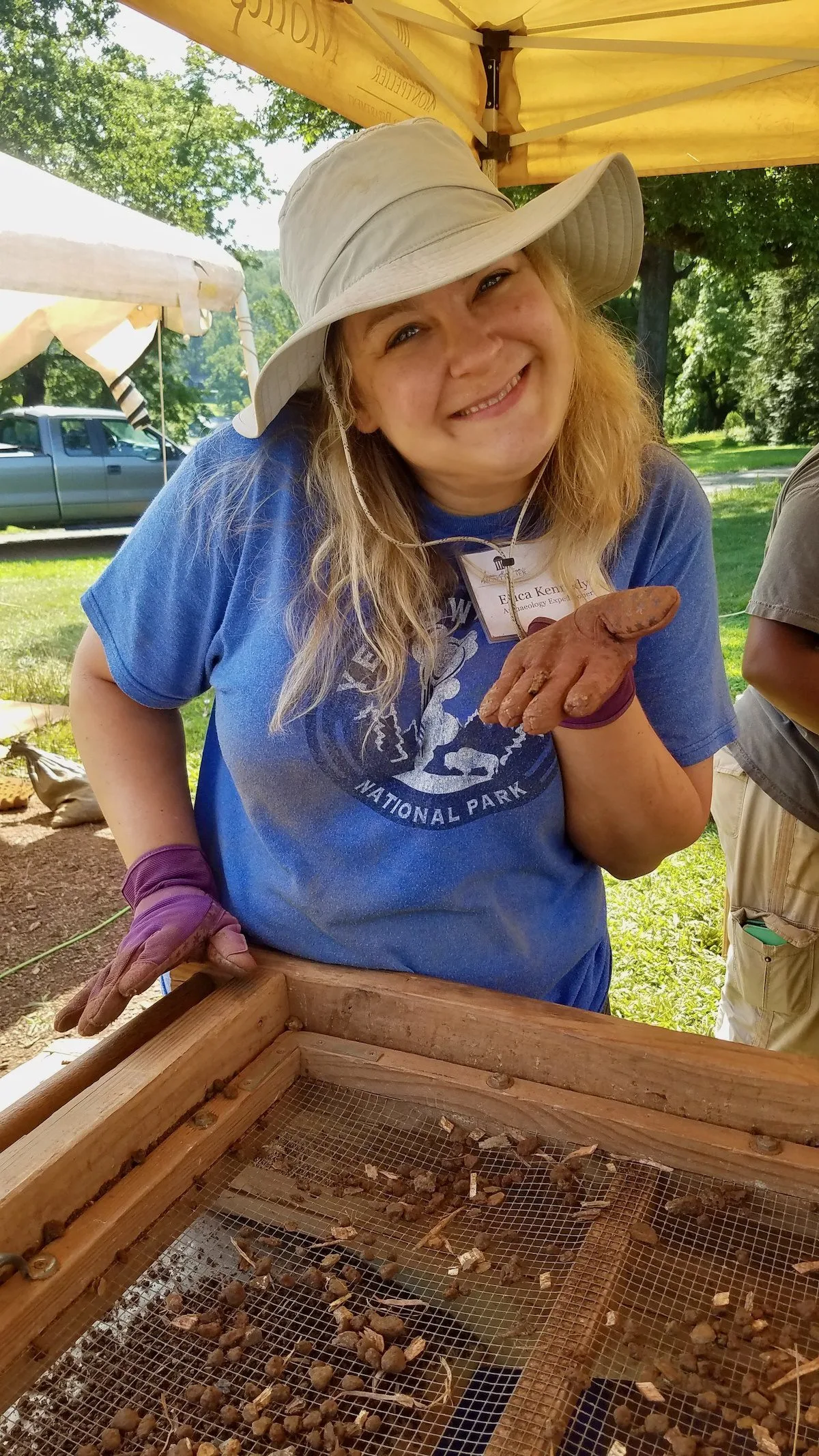
TT: Amazing educational road trips. How do you find and plan your travel opportunities?
E: I’m inspired to travel by topics that I want to learn more about. The very first road trip that I took was inspired because I was teaching Civil War battles and didn’t quite understand them myself. How am I supposed to explain the battle to a bunch of seventh graders if I’m confused by all of the general’s names and don’t understand the maps with troop movements? Visiting these historical sites helped me understand the events which made me a better history teacher.
I do a lot of research while I’m planning a trip. Books and the National Park websites are extremely helpful. I couldn’t do these road trips without Google Maps, and I create a Google Doc of my itinerary.
Sometimes I think that planning the trip is just as fun as the trip itself, and I’ve spent many snowy Minnesota days in complete wanderlust in front of a computer screen. When I return from a trip, I also spend many hours making a scrapbook on Shutterfly which allows me to reflect on what I’ve learned and share it with others.
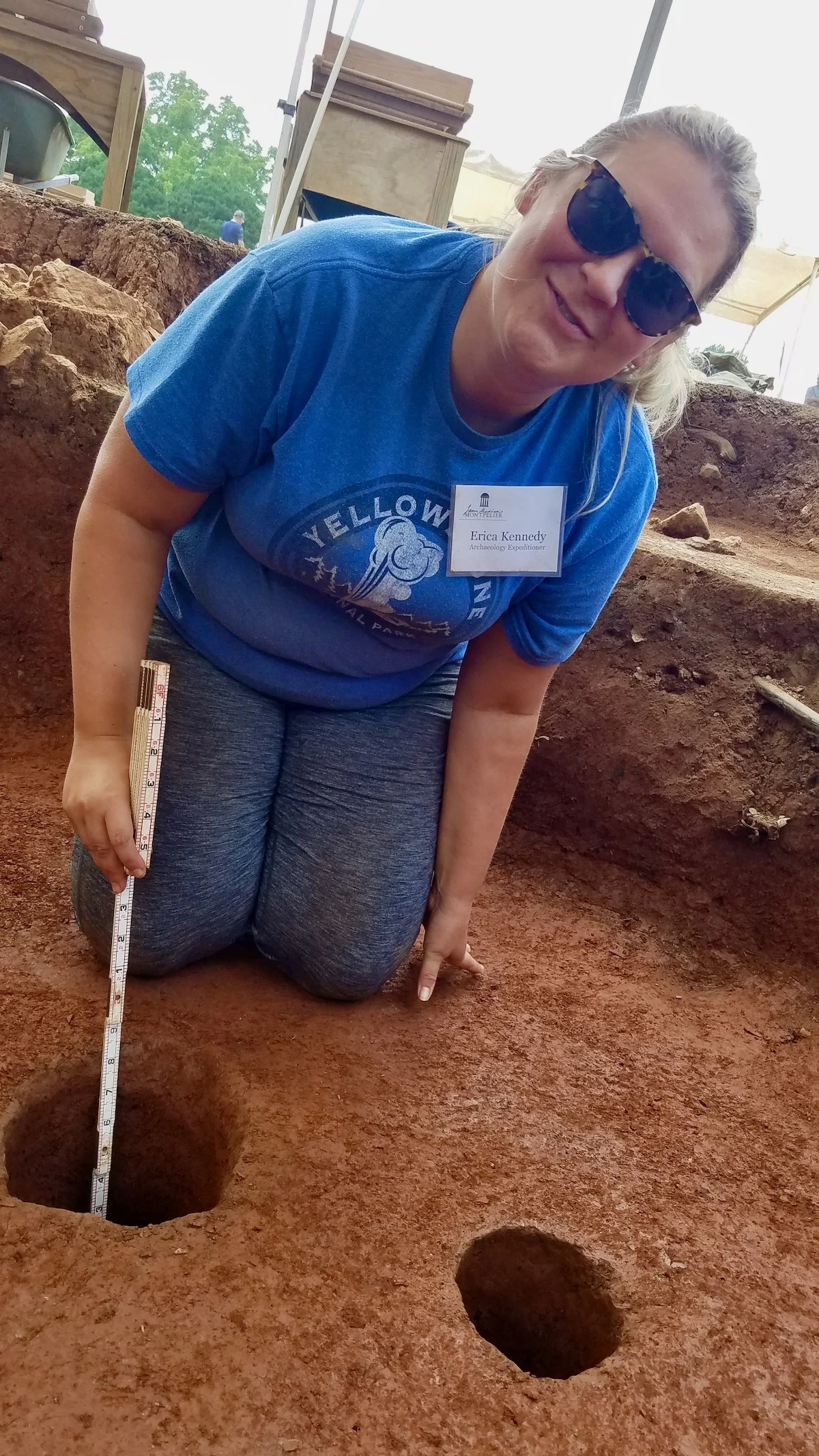
TT: Do tell us about the archaeology program you did at Montpelier!
E: My trip this summer had the biggest impact on me on a personal and professional level. This summer I went on my first solo traveling adventure, and it was amazing!
I received a full scholarship for the Teacher Archaeology program at Montpelier — the Virginia plantation of our fourth president, James Madison. This excellent learning experience was provided by Archaeology in the Community and the archaeology department at James Madison’s Montpelier.
Click here for the program details and application and here for scholarship information. I spent five days on the property learning how to do archaeology as well as how archaeology is used to interpret history.
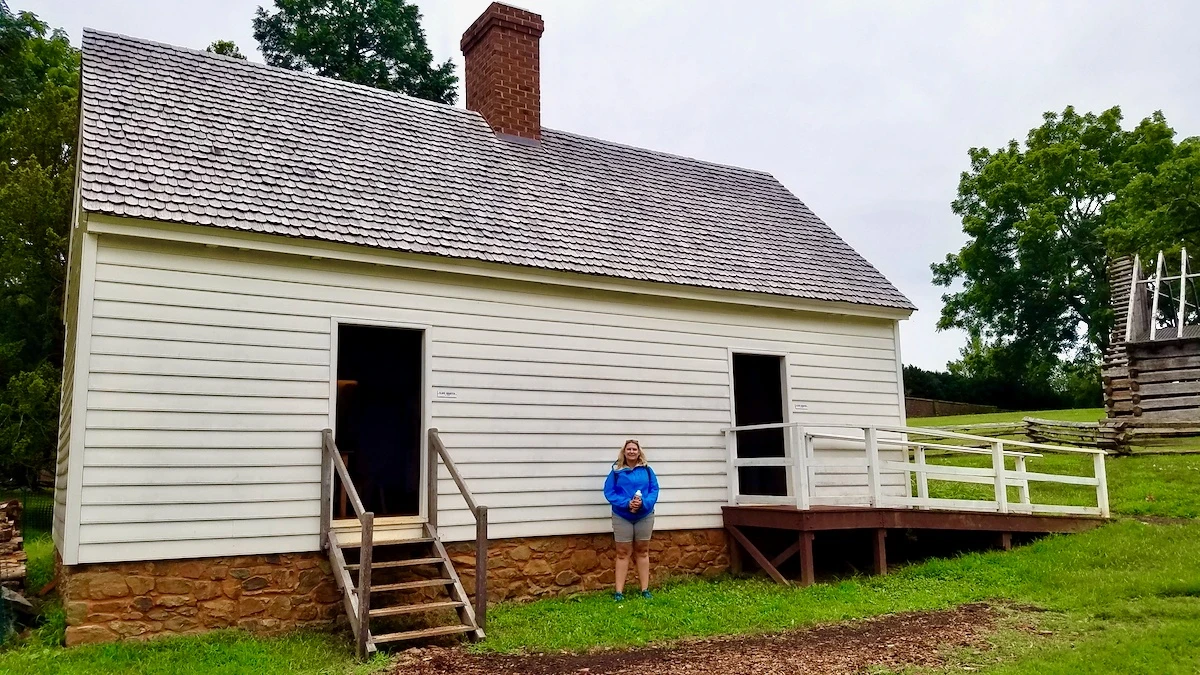
Our excavation site was the Pine Alley which is to the left of the mansion if you’re facing the house. During Madison’s time there was a diagonal row of silver pines as well as a blacksmith workshop. While excavating we found artifacts and features to interpret how to recreate this portion of the property to the authenticity of Madison’s time.
James Madison used slave labor to run his plantation. The artifacts from the blacksmith shop give historians information about what it would have been like to live and work in this place. The Montpelier archaeology department has already excavated, interpreted, and reconstructed the South Yard to show the lives of enslaved men, women and children.
Along with the descendent community, they created a powerful exhibit entitled “The Mere Distinction of Colour” to educate and start meaningful conversation about the impact of slavery on our country.

For years Montpelier has done an excellent job showing the public what it would have been like to live on the property as James and Dolley Madison. The house features many items from their lives and the rooms have been reconstructed to show the time period when James and Dolley were alive.
I am very impressed that Montpelier is now interpreting and reconstructing the property to show what it would have been like for the hundreds of enslaved individuals. It takes a lot of courage to tell the whole story, but it is a part of our American history that needs to be examined even if it was a dark and difficult time. Slavery has had a lasting impact on our country, and it will take education and reconciliation to move forward.
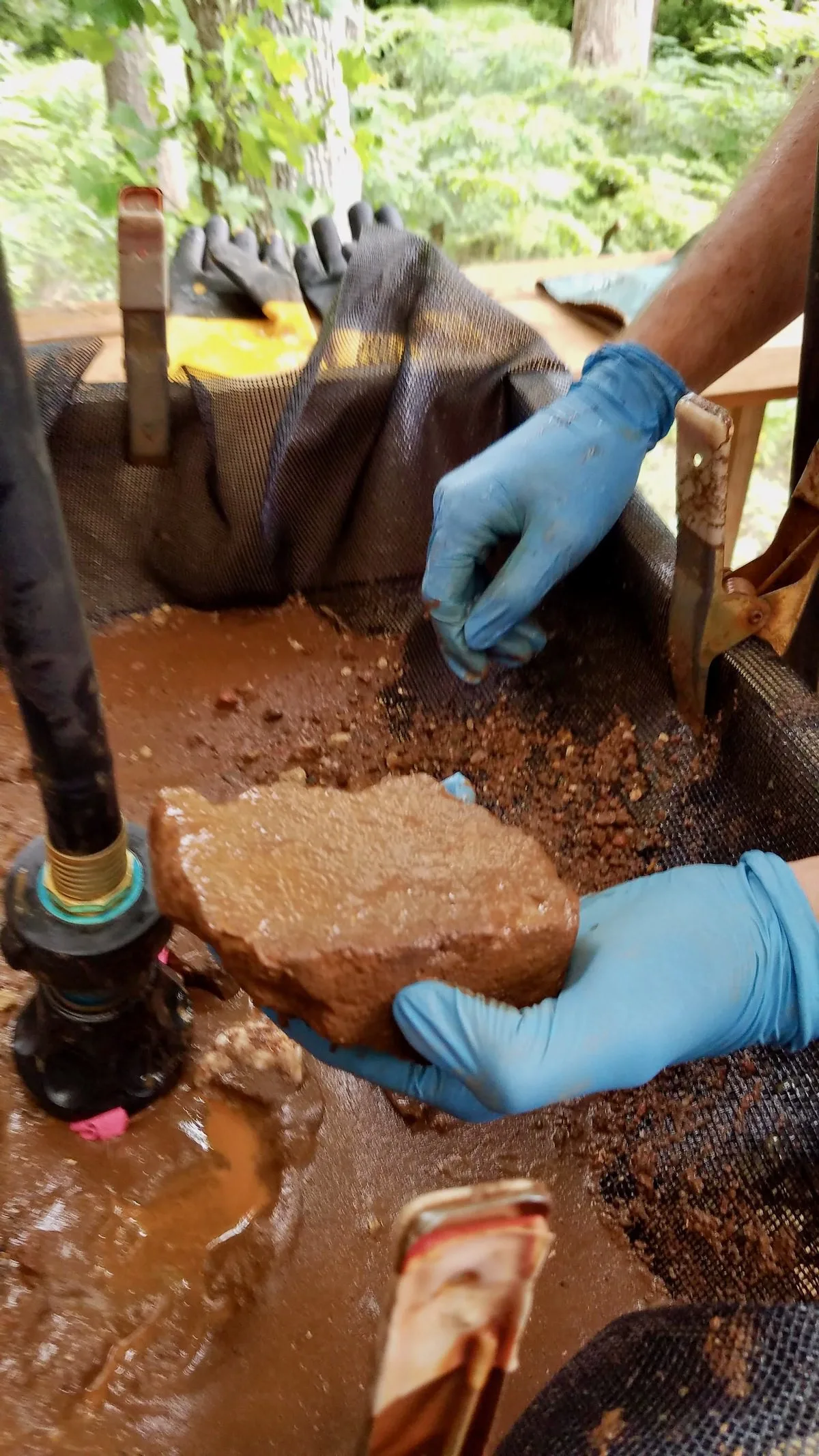
TT: So powerful. How have your travels impacted in your current career, and as a person?
E: Traveling has made me a better person with a greater understanding of our country as well as a deep compassion for the diverse people that I’ve encountered. I’ve learned more than I did in school by being at certain locations, and it’s inspired me to read and learn more.
I honestly couldn’t have done a lot of this without my history traveling companion. I have anxiety, and she has “no fear.” Thankfully some of that courage rubbed off on me during our four trips together because I was able to travel solo this summer, and it is a testament to my new confidence as a person.

TT: Thanks so much! Readers, what comments or questions do you have?
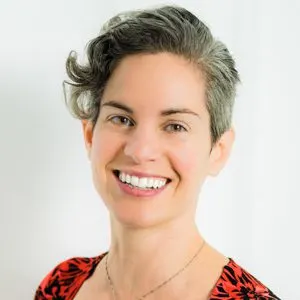
The author, Lillie Marshall, is a 6-foot-tall National Board Certified Teacher of English from Boston who has been a public school educator since 2003. She launched TeachingTraveling.com in 2010 to share expert global education resources, and over 1.6 million readers have visited over the past decade. Lillie also runs AroundTheWorld L.com Travel and Life Blog, and DrawingsOf.com for educational art. Do stay in touch via subscribing to her monthly newsletter, and following @WorldLillie on social media!

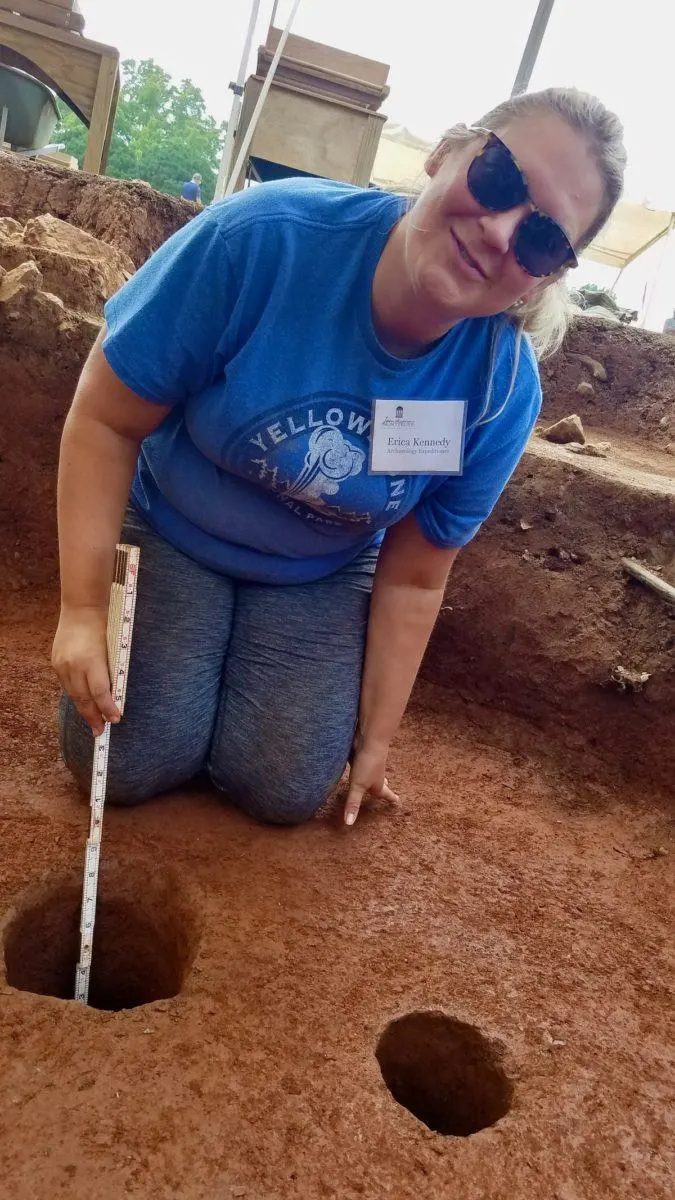
Erica Kennedy
Saturday 22nd of February 2020
This is an amazing professional development opportunity and hands-on learning experience! I hope that teachers are inspired to travel and recharge their batteries. Sometimes teachers spend so much time providing engaging and enriching experiences for others that we forget that we are lifetime learners as well!
Lillie Marshall
Saturday 22nd of February 2020
YES, Erica, for sure! Thanks for the reminder and for taking the time to share your experience!